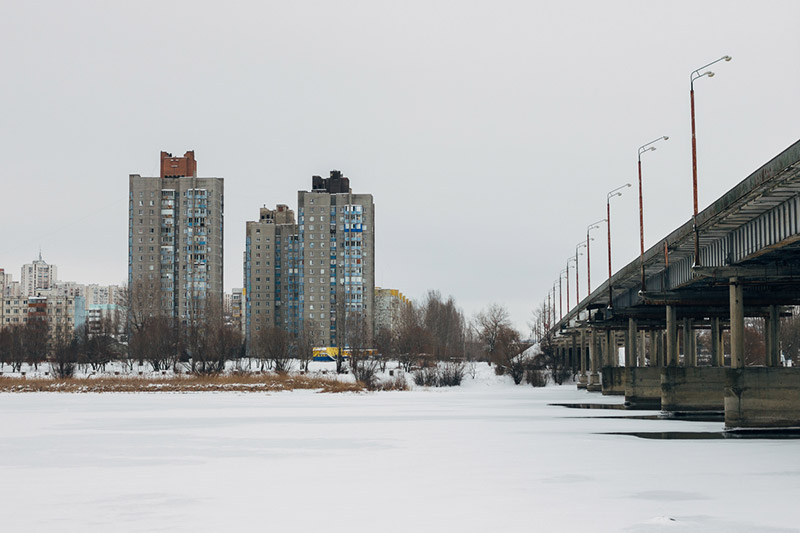Transnistria

Transnistria, an eastern region of Moldova inhabited by half a million people and bordering with Ukraine, is a breakaway state unrecognised by any other country in the world but de facto independent.
The separatist authorities receive the patronage of Russia along with the placement of several hundred Russian soldiers on Transnistrian soil, officially as a peacekeeping force. Access to the region is severely restricted to journalists and international observers.
In 1992 Transnistria was the scene of a brief but bloody war, when separatist militia backed by Moscow fought for their independence from the newly formed Republic of Moldova. Whereas Moldova had recently reinstated the use of the Latin alphabet in 1989, separatists, fearing the resurgence of Romanian nationalism in the country, aimed at maintaining the area under the control of Russian-speaking authorities. They received decisive military support from the Soviet 14th Guards Army, headquartered in Tiraspol, the regional capital. Several hundred people died as a result of the conflict and since July 1992, the region is de facto a breakaway republic.
The war cannot simply be interpreted as a sociolinguistic dispute which escalated into a full military confrontation: asserting control over the most industrialised Moldovan region and its coveted assets during the collapse of the Soviet central authority, played a crucial role in the separatists' claims.
Despite the lack of international recognition, the separatist authorities established their own military force, a judiciary system and even a postal service. A local currency, the Transnistrian ruble, is commonly used for financial transactions and passports are regularly issued to residents.
As a consequence of the annexation of Crimea to the Russian Federation in 2014 and the ongoing war in Donbass, fears of further destabilisation in Transnistria have recently been growing in Moldova.
